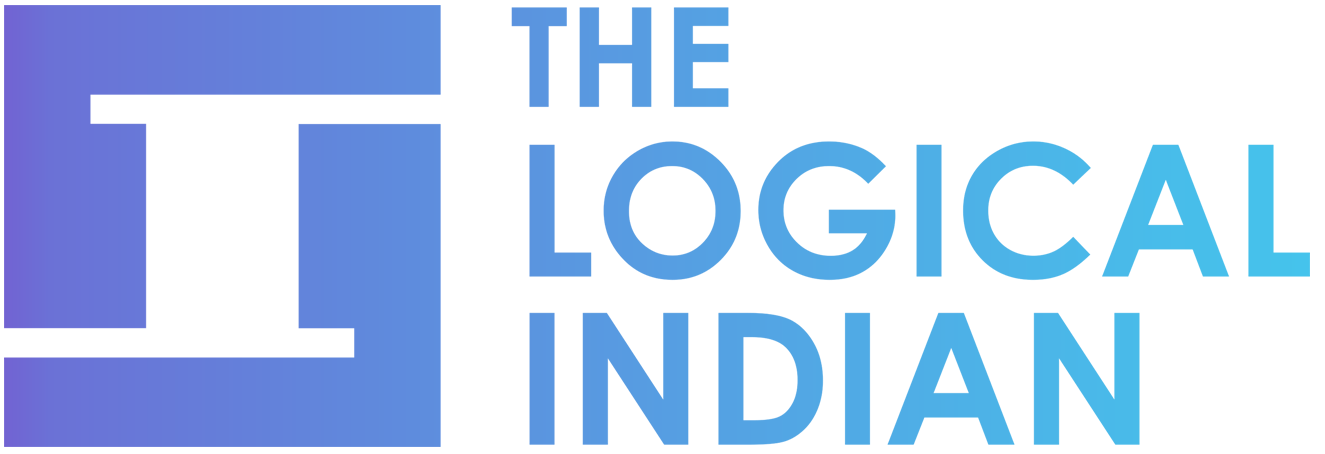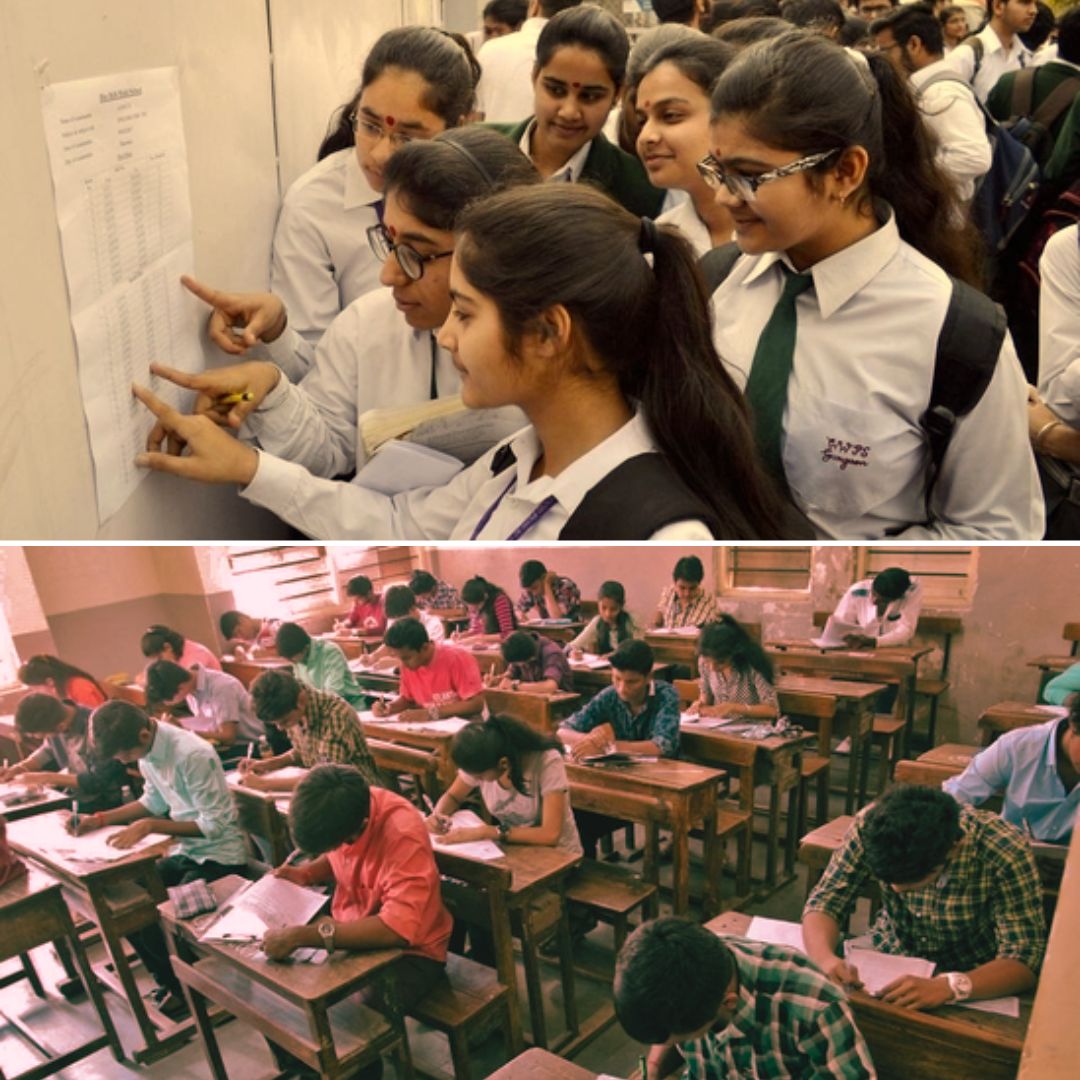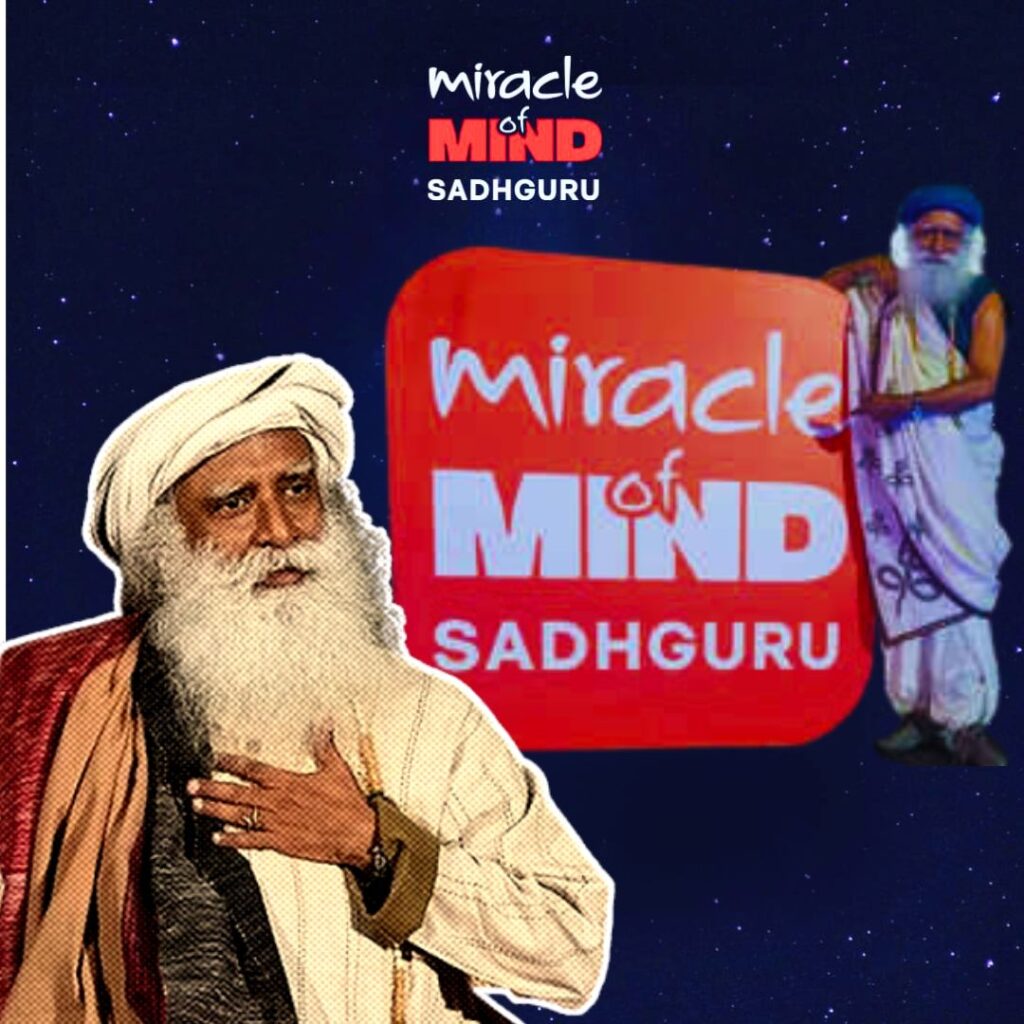Over 44 lakh students across India await Class 10 and 12 results from major education boards, with the Central Board of Secondary Education (CBSE) likely to announce scores between May 4–5, 2025, as per recent updates, though earlier reports suggested May 2.
The Jammu and Kashmir Board of School Education (JKBOSE) declared Class 10 and 12 results on April 30, while the West Bengal Board will release Class 10 results on May 2 and Class 12 on May 7.
The Madhya Pradesh Board of Secondary Education (MPBSE), Punjab School Education Board (PSEB), and Himachal Pradesh Board of School Education (HPBOSE) are finalising results for early May, with digital scorecards accessible via platforms like DigiLocker and UMANG.
CBSE officials project pass percentages to mirror last year’s upward trends (93.60% for Class 10, 87.98% for Class 12), while girls are expected to continue outperforming boys, as seen in previous years.
Revised Timeline and Digital Accessibility
Recent reports from blog.mjpru.ac.in indicate CBSE results may shift to May 4–5, aligning with backend portal updates, though conflicting sources still cite May 2. Over 24.12 lakh Class 10 and 17.88 lakh Class 12 CBSE students will receive digital marksheets, reducing dependency on physical copies.
MPBSE aims to surpass its 2024 pass rates (58.10% for Class 10, 64.48% for Class 12), while HPBOSE and PSEB have expedited evaluations after weather disruptions delayed practical exams. JKBOSE has already published results, with students reporting minimal technical glitches this year. Officials emphasise using roll numbers and admit card details for hassle-free access, warning against third-party websites.
Comparative Trends and Evaluation Insights
Exams were conducted between February 15 and April 4, with CBSE processing 44 lakh+ answer sheets through regional offices. The board’s shift from a mid-May declaration (e.g., May 13 in 2024) to early May reflects streamlined post-pandemic processes.
Gender performance gaps remain notable: in 2024, CBSE Class 12 girls achieved a 90.68% pass rate versus 85.32% for boys, a trend attributed to higher enrolment retention and academic support. Grace marks (up to 33%) will still apply for borderline cases, per CBSE guidelines. Meanwhile, West Bengal’s Class 10 and 12 results align with its pre-pandemic schedule, suggesting stabilisation after COVID-19 delays.
The Logical Indian’s Perspective
While digital reforms have democratised access to results, systemic challenges persist. Rural students often face internet connectivity issues and device shortages, exacerbating result-day anxiety. Mental health support remains inadequate, with counselling helplines often overwhelmed.
Transparent score calculation methods and equitable resource allocation are critical to fostering trust in India’s examination framework. As boards prioritise speed, they must equally address infrastructure gaps and psychological support mechanisms.
How can stakeholders-educators, tech firms, and policymakers-collaborate to ensure no student is left behind in the digital transition?











